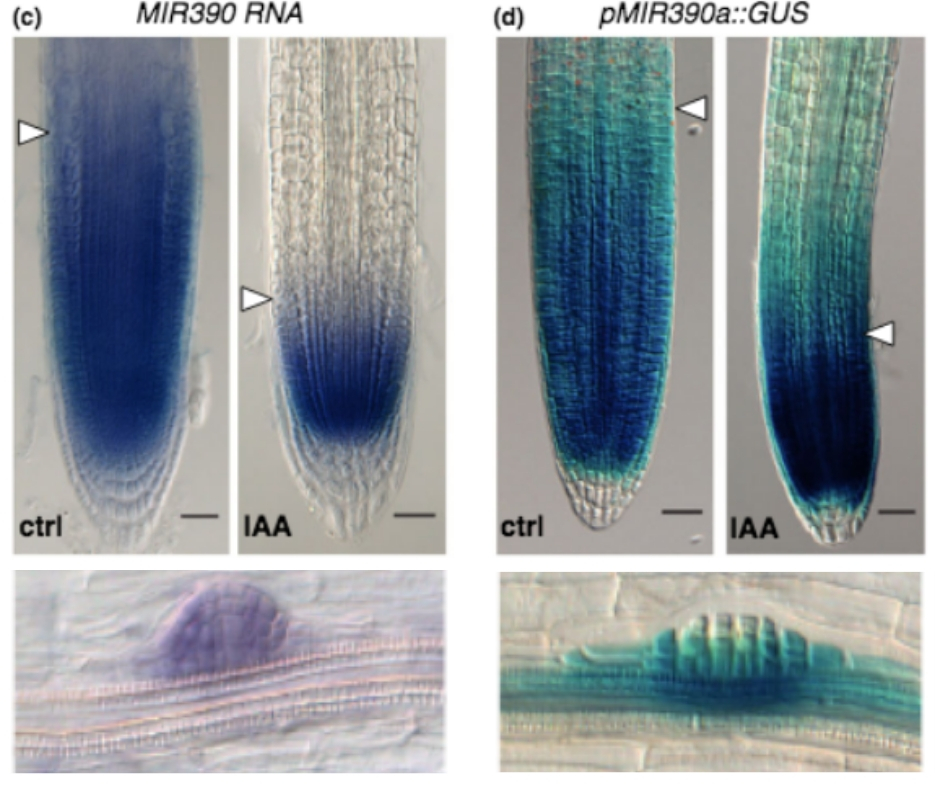
ARF5/MONOPTEROS directly regulates miR390 expression in the Arabidopsis thaliana primary root meristem (Plant Direct)
Plant Science Research WeeklyPrevious studies have indicated that auxin controls gene expression via regulatory transcriptional networks, mediated by a family of DNA-binding auxin response factors (ARFs) that bind to auxin response DNA elements (AuxREs) in the promoters of genes. In this study, Dastidar et al. investigated the…

ERF19 buffers Arabidopsis pattern-triggered immunity (J Exp Bot)
Plant Science Research WeeklyTo fight off invading pathogens, higher plants such as Arabidopsis are intrinsically programmed with a subset of defense responses known as pattern-triggered immunity (PTI). However, excessive defense responses may hamper plant’s normal growth, so fine-tuning PTI is important for plant survival. Recently,…

Seed size is regulated by siRNAs from Arabidopsis maternal tissue in a spatial-temporal manner ($)(PNAS)
Plant Science Research WeeklyStudying seed development is important for understanding plant evolution and engineering food production. Previous discoveries have shown that maternal small interfering RNAs (siRNAs), which induce RNA-directed DNA methylation (RdDM) through NRPD1-mediated pathway, regulate seed development in Arabidopsis.…
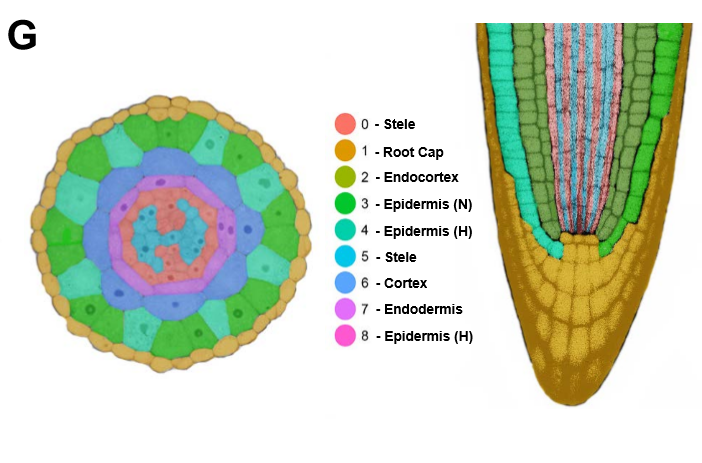
Single-cell RNA sequencing resolves molecular relationships among individual plant cells (Plant Physiol)
Plant Science Research WeeklySingle cell RNA sequencing (scRNA-seq) has transformed our understanding of gene expression within and amongst individual cells. These techniques have been applied extensively to animal cell populations to discover the development of specific cell lines and identify rare cell types but are not commonly…
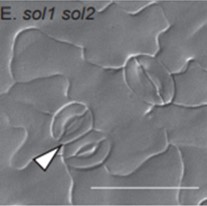
SOL1 and SOL2 regulate fate transition and cell division in stomatal lineage ($) (Development)
Plant Science Research WeeklyStomata and pavement cell development in the leaves occur through programmed asymmetric cell division. In this paper the authors demonstrated the role of two CHC domain proteins, SOL1 and SOL2 that were identified previously by the same group to be downstream targets of a bHLH transcriptional factor…
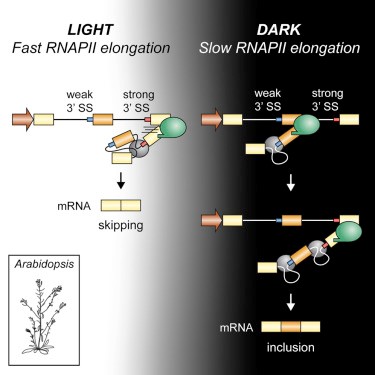
Light regulates plant alternative splicing through the control of transcriptional elongation (Mol Plant)
Plant Science Research WeeklyLight perception in plants generates a plethora of gene expression changes. Among them, it has been shown that light affects alternative splicing mediated by a chloroplast retrograde signal. Here, Godoy Herz et al. explore the different possible mechanisms possible involved in this regulation. Using…
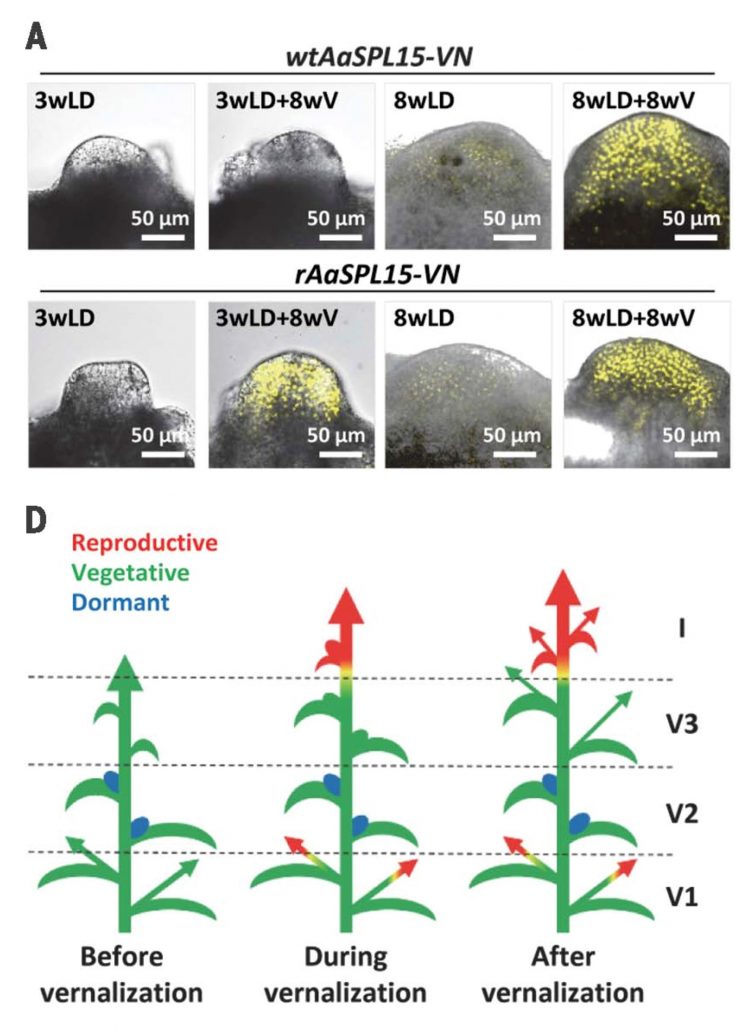
A regulatory circuit conferring varied flowering response to cold in annual and perennial plants ($) (Science)
Plant Science Research WeeklyRegulation of flowering in time and space in perennials like Arabis alpina involves two systems. One uses orthologs to FLOWERING LOCUS C (FLC) from A. thaliana; in A. alpine is called PERPETUAL FLOWERING 1 (PEP1) and its repression enables flowering after vernalization. The other system uses microRNA156…
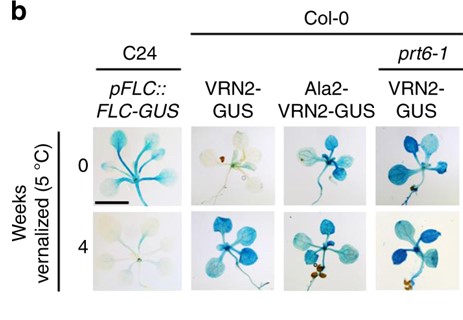
Plant PRC2 subunit VRN2 stability regulation through oxygen dependent proteolysis
Plant Science Research WeeklyPolycomb repressive complex 2 (PRC2) represses the expression of its gene targets epigenetically and VERNALIZATION 2 (VRN2) is a subunit of the PRC2 complex in Arabidopsis. The PRC2-VRN2 complex, among other roles, regulates flowering after long cold exposure. Gibbs and coworkers identified VRN2 as a…
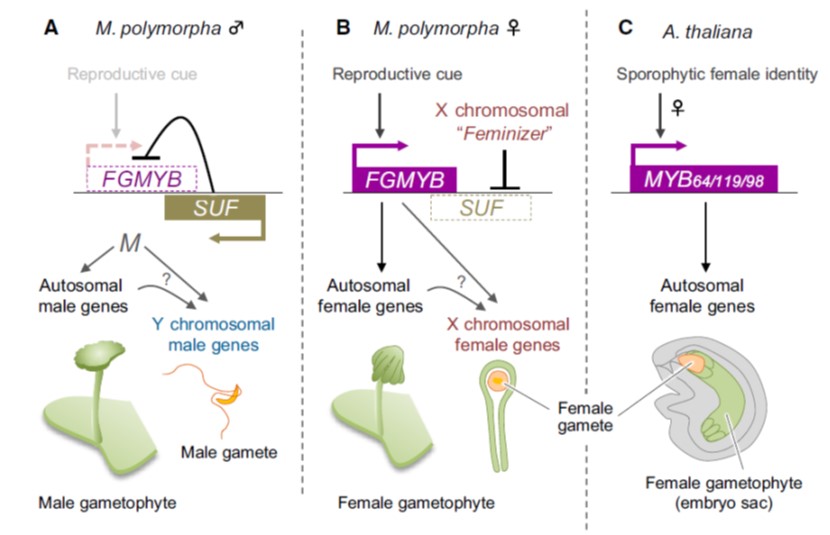
A bidirectional switch controls sexual dimorphism in the liverwort (EMBO J)
Plant Science Research WeeklyBryophytes spend most of their lifecycle in the haploid, gametophytic form, of which there are two types, male (sperm forming) and female (egg forming). Hisanaga et al. investigated the genetic basis that determines sex in the model liverwort Marchantia polymorpha. Their findings are fascinating. A single…

